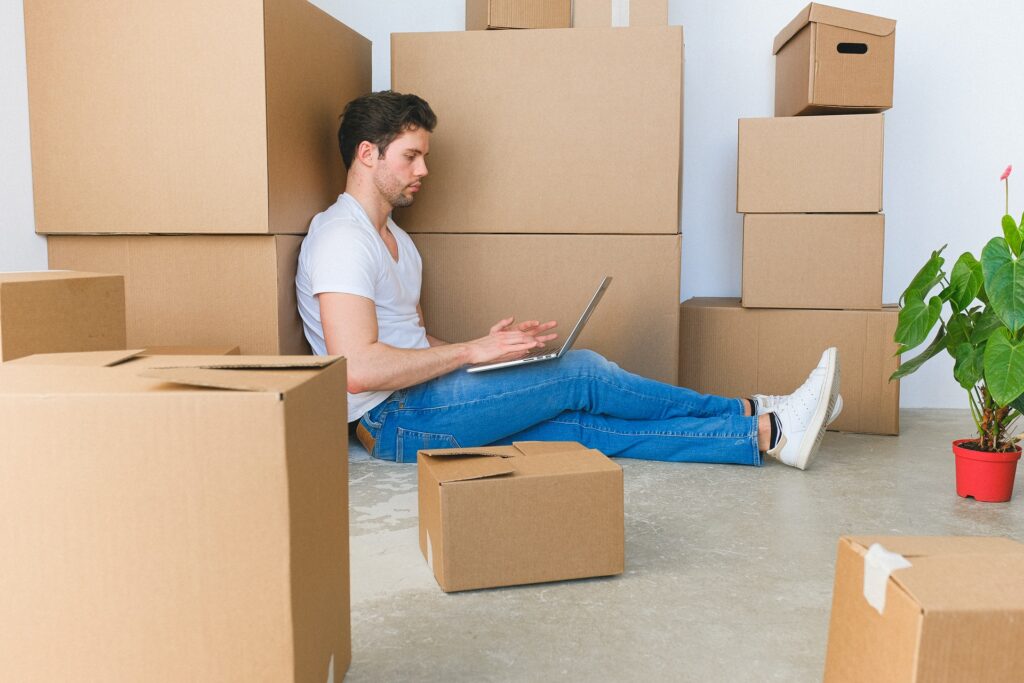Moving can be a stressful and overwhelming experience, especially when it comes to packing. One of the most important decisions you’ll make is choosing the right boxes for your belongings. With so many options available, it can be challenging to know which boxes are best suited for your needs. In this blog post, we’ll guide you through the process of choosing the right boxes for packing and provide tips on how to pack efficiently for a successful move.
Assess Your Needs
The first step in choosing the right boxes for packing is to assess your needs. Before you start packing, take stock of all the items you need to move. This will give you an idea of how many boxes you’ll need and what sizes are required. Consider the types of items you’ll be packing, such as heavy or fragile items that require extra protection during transport. You’ll also want to think about how long you’ll need to store your items and whether or not they’ll be exposed to moisture or extreme temperatures.
Choose the Right Box Material
When it comes to packing boxes, there are two main materials to choose from: cardboard and plastic. Cardboard boxes are affordable and readily available in various sizes. They’re great for packing lightweight items like clothes, linens, and books. However, they’re not suitable for long-term storage or heavy items that require extra protection. Plastic boxes, on the other hand, are more durable and resistant to breakage than cardboard boxes. They’re ideal for packing fragile or heavy items that require extra protection during transportation and storage. Plastic boxes are also stackable and provide a watertight seal that protects against moisture and dust.
Consider Box Sizes
The size of the box you choose is crucial for efficient packing and transport. Large boxes are great for bulky or lightweight items like pillows, comforters, and blankets. Medium-sized boxes are suitable for dishes, pots, pans, and other kitchenware. Small boxes are ideal for packing books, files, and other heavier items. It’s important to choose the right size box for each item you’re packing. Overloading a large box with heavy items can cause it to break during transport, while packing small items in a large box can lead to shifting and damage during transport.
Label Your Boxes
Once you’ve chosen the right boxes for packing, it’s essential to label them correctly. Labeling your boxes will make it easier to identify and locate items when you’re unpacking. You can use color-coded labels or a labeling system that includes the contents of each box. When labeling your boxes, be sure to include the room they belong in, a brief description of the contents, and an indication of whether the contents are fragile or require special handling.
Pack Efficiently
When you start packing, it’s important to be efficient and organized. Start by packing items that you don’t use frequently, such as seasonal clothing or holiday decorations. Use packing paper or bubble wrap to protect fragile items and fill any gaps in the boxes with packing peanuts or newsprint. When packing dishes and other breakables, wrap each item individually in packing paper or bubble wrap. Place heavier items at the bottom of the box and lighter items on top. Fill any gaps with packing peanuts or newsprint to prevent shifting during transport.
Seal Your Boxes Securely
After packing your boxes, make sure to seal them securely with strong packing tape. This will prevent the contents from falling out during transport and protect your items from dust and moisture. When sealing your boxes, use a “H” pattern with packing tape to reinforce the box’s corners and edges. Be sure to label the box on all sides so that it’s easy to identify when it arrives at your new home.
In conclusion, choosing the right boxes for packing is crucial for a successful move. By assessing your needs, choosing the right box material and size, labeling your boxes, packing efficiently, and sealing them securely, you’ll have a stress-free moving experience. Remember to take your time and plan ahead to ensure that your belongings arrive at your new home safely and in one piece.

